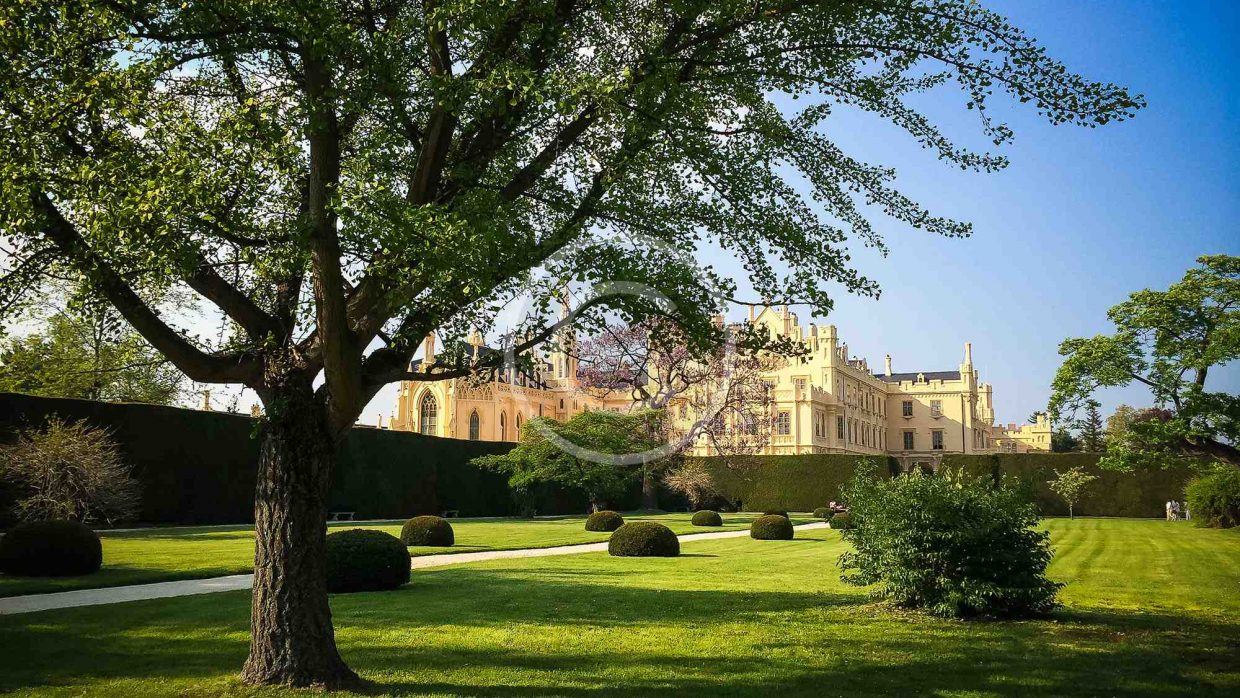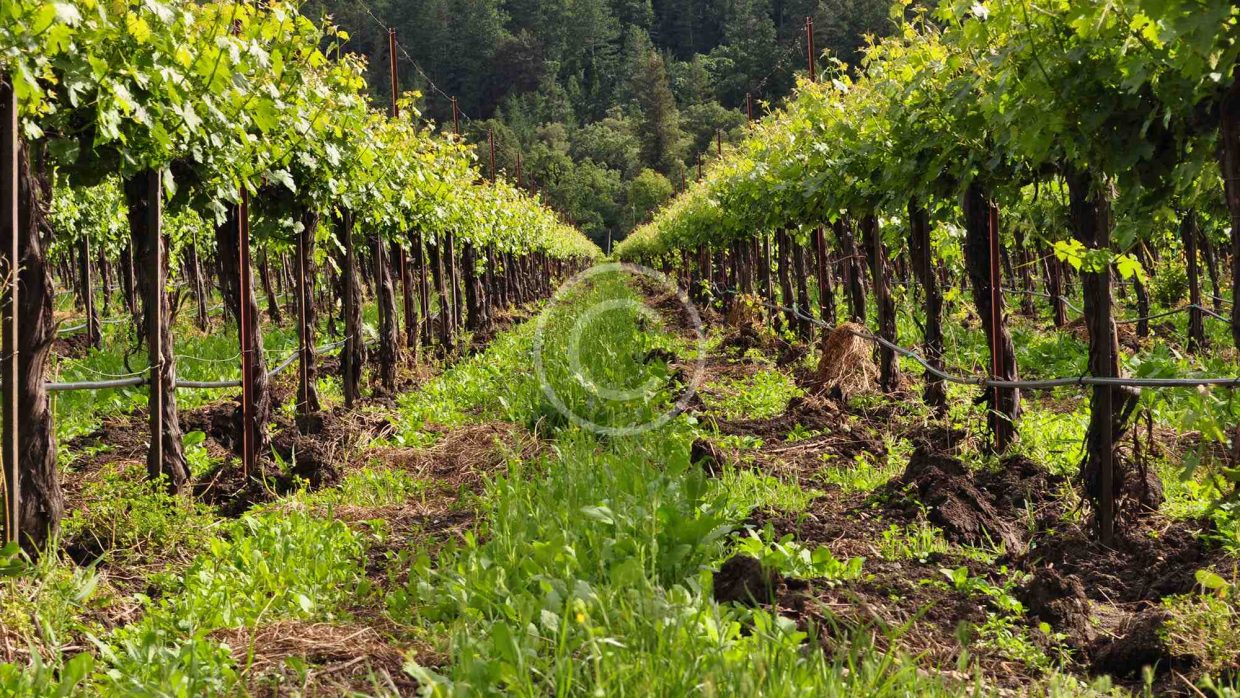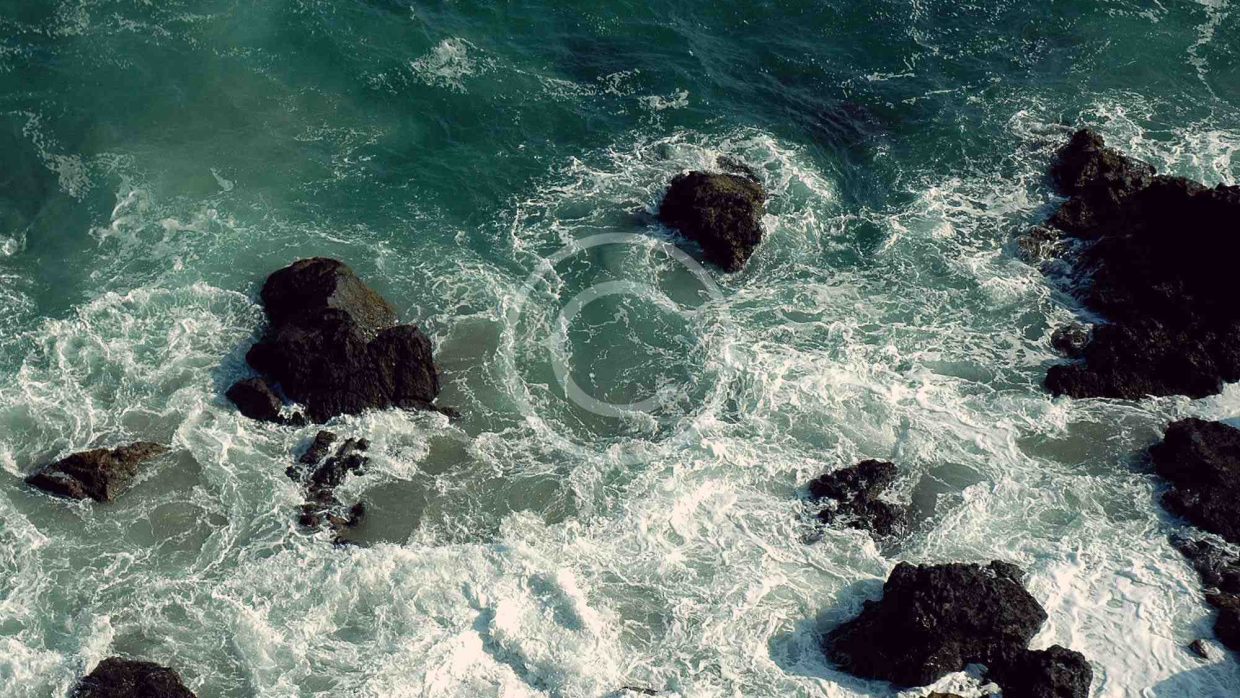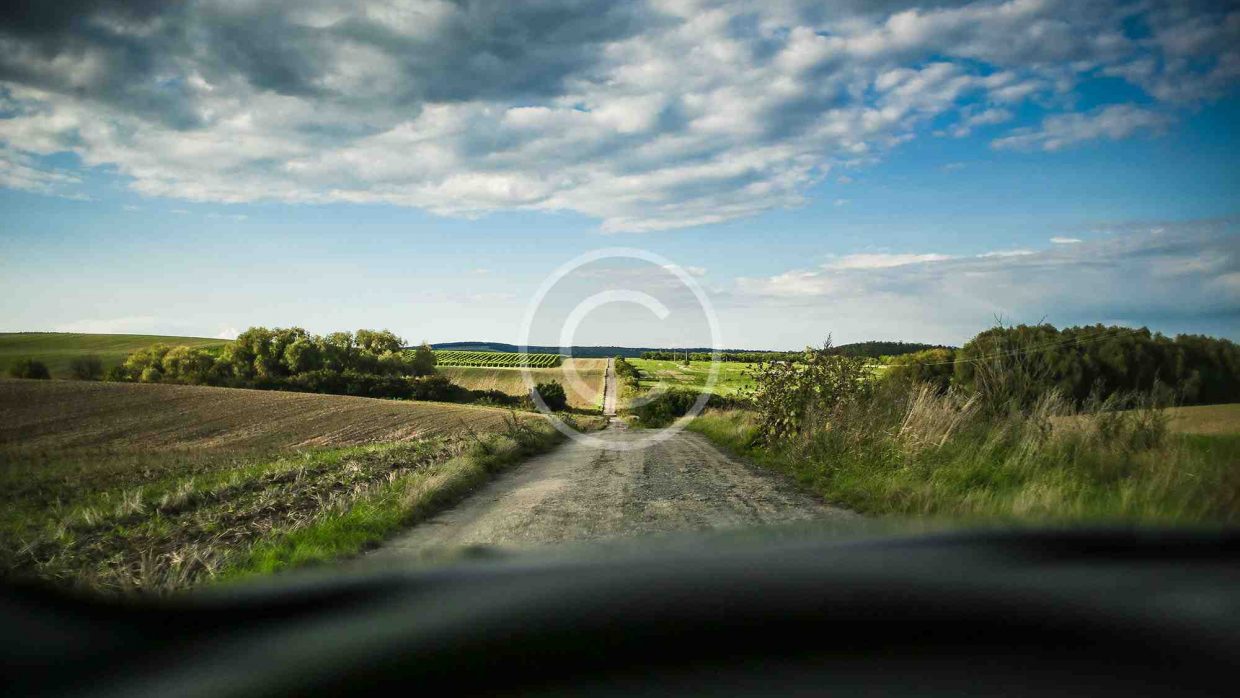How We Got to Know About Wine
Archaeological evidence has established the earliest-known production of wine from fermenting grapes during the late Neolithic or early Chalcolithic in the Caucasus and the northern edge of the Middle East. An extensive gene-mapping project in 2006 analyzed the heritage of more than 110 modern grape cultivars, narrowing their origin to a region of Georgia. This matches the earliest discovered sites containing shards of wine-stained pottery, dated to c. 6000 BC in Georgia, and c. 5000 BC in Iran. The jars at the northwestern Iranian site already showed treatment with preservative turpentine pine resin, the flavoring of modern retsina. By c. 4500 BC, wine production had spread to Grecian Macedonia, the site of the first recovered crushed grapes, and an entire winery was discovered in 2011 inside the Areni-1 cave in Armenia, dated to c. 4100 BC. A 2003 report by archaeologists indicates a possibility that grapes were mixed with rice to produce mixed fermented beverages in China in the early years of the seventh millennium BC. Pottery jars from the Neolithic site of Jiahu, Henan, contained traces of tartaric acid and other organic compounds commonly found in wine. However, other fruits indigenous to the region, such as hawthorn, cannot be ruled out. If these beverages, which seem to be the precursors of rice wine, included grapes rather than other fruits, they would have been any of the several dozen indigenous wild species in China, rather than Vitis vinifera, which was introduced there some 6,000 years later.
The spread of wine culture westwards was most probably due to the Phoenicians who spread outward from a base of city-states along the Lebanese and Palestinian coast. The wines of Byblos were exported to Egypt during the Old Kingdom and then throughout the Mediterranean. Evidence includes two Phoenician shipwrecks from 750 BC discovered by Robert Ballard, whose cargo of wine was still intact. As the first great traders in wine (cherem), the Phoenicians seem to have protected it from oxidation with a layer of olive oil, followed by a seal of pinewood and resin, again similar to retsina.
Literary references to wine are abundant in Homer (8th century BC, but possibly relating earlier compositions), Alkman (7th century BC), and others. In ancient Egypt, six of 36 wine amphoras were found in the tomb of King Tutankhamun bearing the name “Kha’y”, a royal chief vintner. Five of these amphoras were designated as originating from the king’s personal estate, with the sixth from the estate of the royal house of Aten. Traces of wine have also been found in central Asian Xinjiang in modern-day China, dating from the second and first millennia BC.












Reply